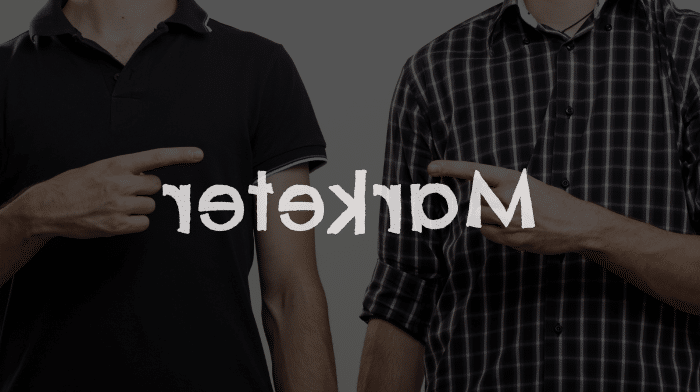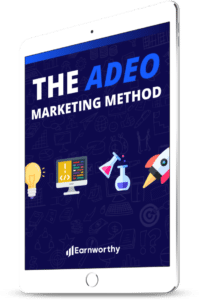
Marketing is no longer about the stuff that you make, but about the stories you tell. That’s a quote from Seth Godin, and these days, it’s more important than ever that we really know what it means.
Far too often I see marketing campaigns launched prematurely. Some folks think that as long as you have something to sell along with an ad budget, you can launch a marketing campaign in minutes flat.
While you might sell a few things that way, it’s not sustainable, and not cost-effective either. For lack of a better word, it’s just backwards.
You see, a large part of marketing consists of all the legwork you should be doing prior to ever going live with a campaign.
Ultimately, this work leads up to the creation of a positioning statement. If you’re not familiar with that concept, don’t worry. Everything is explained below. And if you need help creating your positioning statement, I’ve got that covered too, with convenient templates you can use.
What are you selling?
First of all, you need to know what you’re selling. Or maybe you’re not selling anything at all. Who said marketing had to be about sales?
Marketing is about transactions, and transactions can take many forms. Selling products and services are just two types of transactions that equate to sales.
But what if you’re just trying to rally support behind your cause? You might not be selling anything specific, but simply drumming up support.
The point is, first you need to know what you want to accomplish with your marketing campaign. In other words, what’s your offer?
Once that is clearly defined, it’s time for the next step.
Who are you selling to?
You might have the best widgets in the world, and you know exactly how many you need to sell for how much in order to turn a profit. But not everyone wants your widgets. No matter how hard to try, you’re never going to find interest from 100% of the population.
That’s where the concept of a target market comes in. You need to clearly define who you’re going to focus on with your marketing campaigns.
Are your widgets perfect for business owners living in major cities? Or maybe suburban artists who have expressed interest in a similar product? These are just two examples out of infinite possibilities. You get the idea.
Whatever the case may be, your product, service, or cause has a specific target market that is the perfect fit. You just need to do the work to figure out how to define it.
How are you different?
Lastly, it is important that you differentiate how your product, service, or cause is unique from everything else out there. This is your unique selling proposition, or USP. It’s what makes you shine!
Here’s how Entrepreneur defines a USP:
The factor or consideration presented by a seller as the reason that one product or service is different from and better than that of the competition.
Sometimes you can beat your competitors on price, other times on quality or service. Whatever the case may be, you need to be unique in the marketplace, or at least as unique as the market allows.
Coming up with a unique selling proposition usually starts by looking at your offering from the customer’s perspective. What problem are you trying to solve? How can you do it better than others? Those questions take time to figure out, but it will be worth it in the end once you nail down a solid USP.
Putting it all together
Once you have a clear idea of what you’re selling, who you’re selling it to, and how you’re different, it’s time to wrap it all together into a positioning statement.
A positioning statement is a short paragraph that describes all of this information in a compelling way. It’s sort of like the elevator pitch for your brand.
Only after you’ve done this exercise will you be ready to execute on the tactics of your marketing campaign, so don’t jump ahead and launch without having a positioning statement.
Yes, it takes work. No, it’s not easy. But the good news for you is that not many brands actually put in all this effort to do things right. So if you do, you’re almost instantly going to be ahead of the crowd, at least in theory.
And that, my friends, is how you go from being a backwards marketer who puts campaign tactics first to being a forward-thinking marketer who puts campaign objectives first.
Don’t be backwards. It isn’t any fun.
Need more help?
If the whole idea of creating a positioning statement is still a little frightening, don’t worry. I’ve got you covered. After lots of research, I’ve created a free downloadable resource that you can use to craft the perfect positioning statement for your brand.
To download 6 positioning statement templates for free, simply click here or on the big download button below.
And if you still have questions after checking out this exclusive bonus, just let me know where you’re stuck, by posting a comment below or on Twitter.





